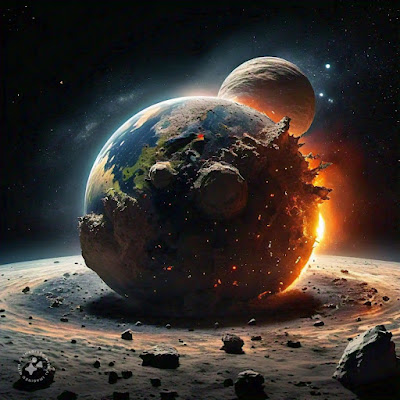The formation of Earth is a complex process that scientists have pieced together through various fields of study, including astronomy, geology, and paleontology. Here's a brief overview:
1. *The Solar Nebula*: About 4.6 billion years ago, a giant cloud of gas and dust called the solar nebula collapsed under its own gravity.
2. *Accretion*: As the nebula collapsed, particles began sticking together, forming larger and larger bodies called planetesimals.
3. *Planetary Differentiation*: These planetesimals continued to collide and merge, eventually forming the proto-Earth.
4. *Core Formation*: The proto-Earth's core formed through the separation of denser iron and nickel from the lighter silicate rocks.
5. *Crust Formation*: The crust formed through the solidification of the proto-Earth's surface, followed by a series of massive impacts and volcanic activity.
6. *Atmosphere Formation*: The atmosphere developed from gases released during volcanic activity and the solar wind.
7. *Oceans Formation*: Water vapor in the atmosphere condensed and formed the oceans.
8. *Continental Drift*: The continents have since moved and changed through plate tectonics, shaping our planet's surface.
This process took millions of years, and Earth is still evolving today.



0 Comments
if you have any doubt please let me know